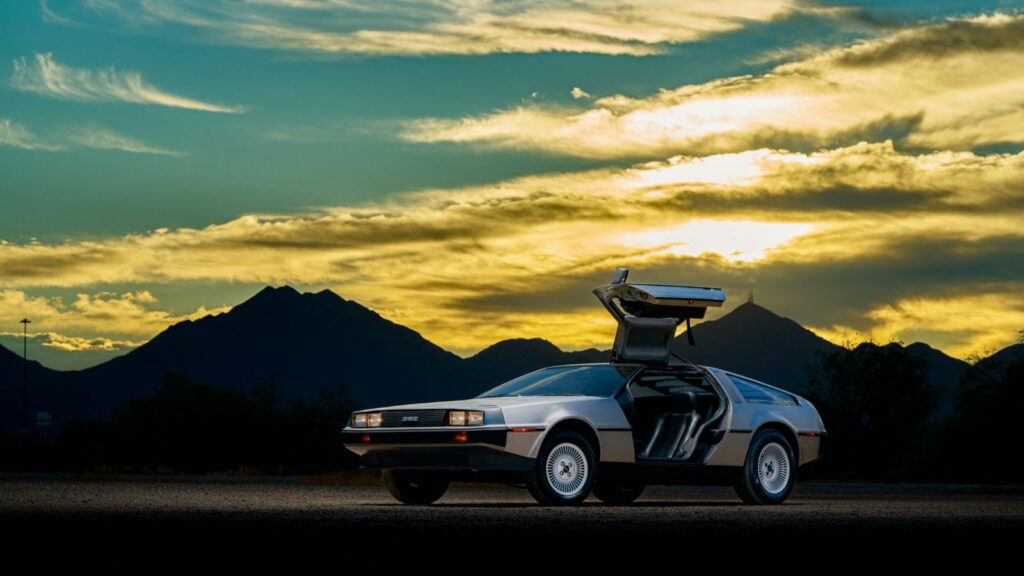Some car brands burn bright and fade fast, while others stick around for decades before disappearing. In North America, plenty of names that once filled our roads are now museum pieces or auction finds. These brands had character, ambition, and models that could still turn heads today. The thought of their return sparks nostalgia and excitement, especially when imagining them reborn with modern performance, safety, and efficiency.
Pontiac
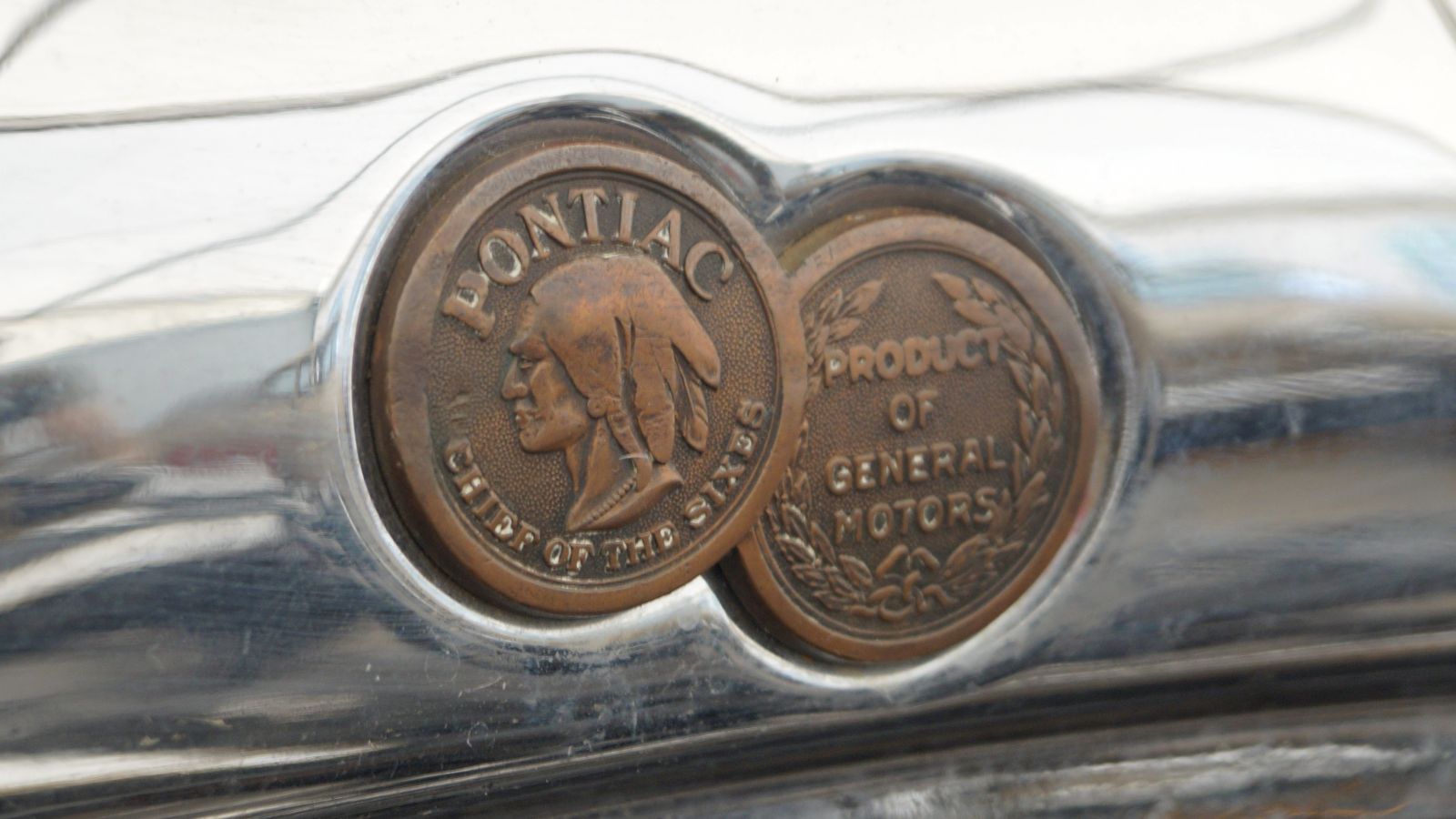
Pontiac was the brand for people who wanted excitement without a luxury price tag. From the legendary GTO that kicked off the muscle car era to the Firebird Trans Am made famous by Smokey and the Bandit, Pontiac specialized in performance and style. Even their family sedans like the Grand Prix had flair. The brand’s retirement in 2010 left a gap for affordable American performance. If it returned with modern engineering and the same swagger, we could see a new wave of high torque V8 coupes and sharp handling sedans built to turn heads.
Oldsmobile
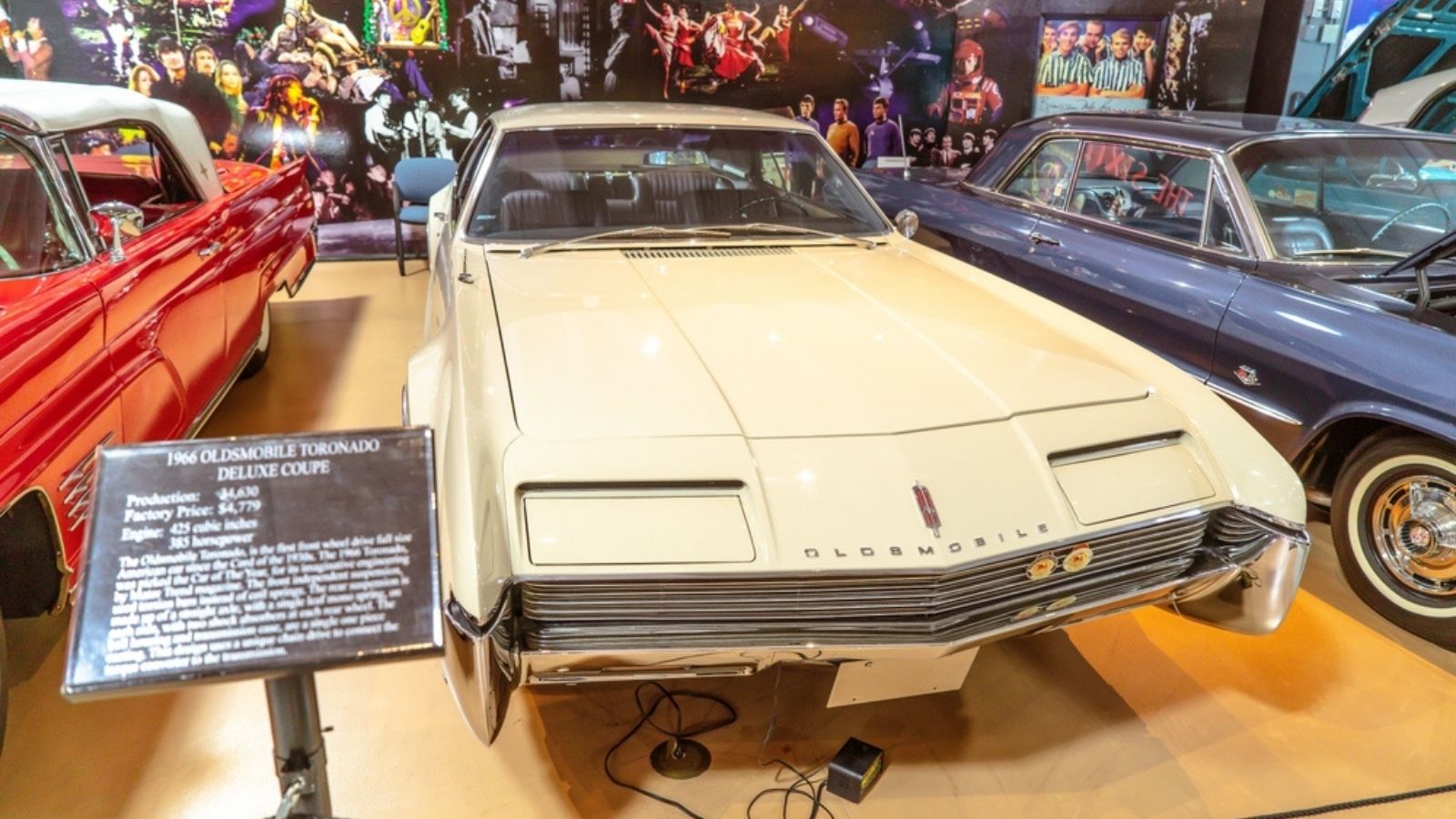
Oldsmobile was once a pioneer in American automotive engineering, tracing its roots back to 1897. They introduced innovations like the first fully automatic transmission in the 1940s and consistently blended luxury with affordability. The Cutlass Supreme was a best seller for decades, while the Toronado’s front wheel drive layout was groundbreaking for its time. Oldsmobile bowed out in 2004, but a modern revival could fuse the brand’s engineering heritage with today’s sleek designs, offering a premium yet attainable alternative in the crowded mid size market.
AMC (American Motors Corporation)
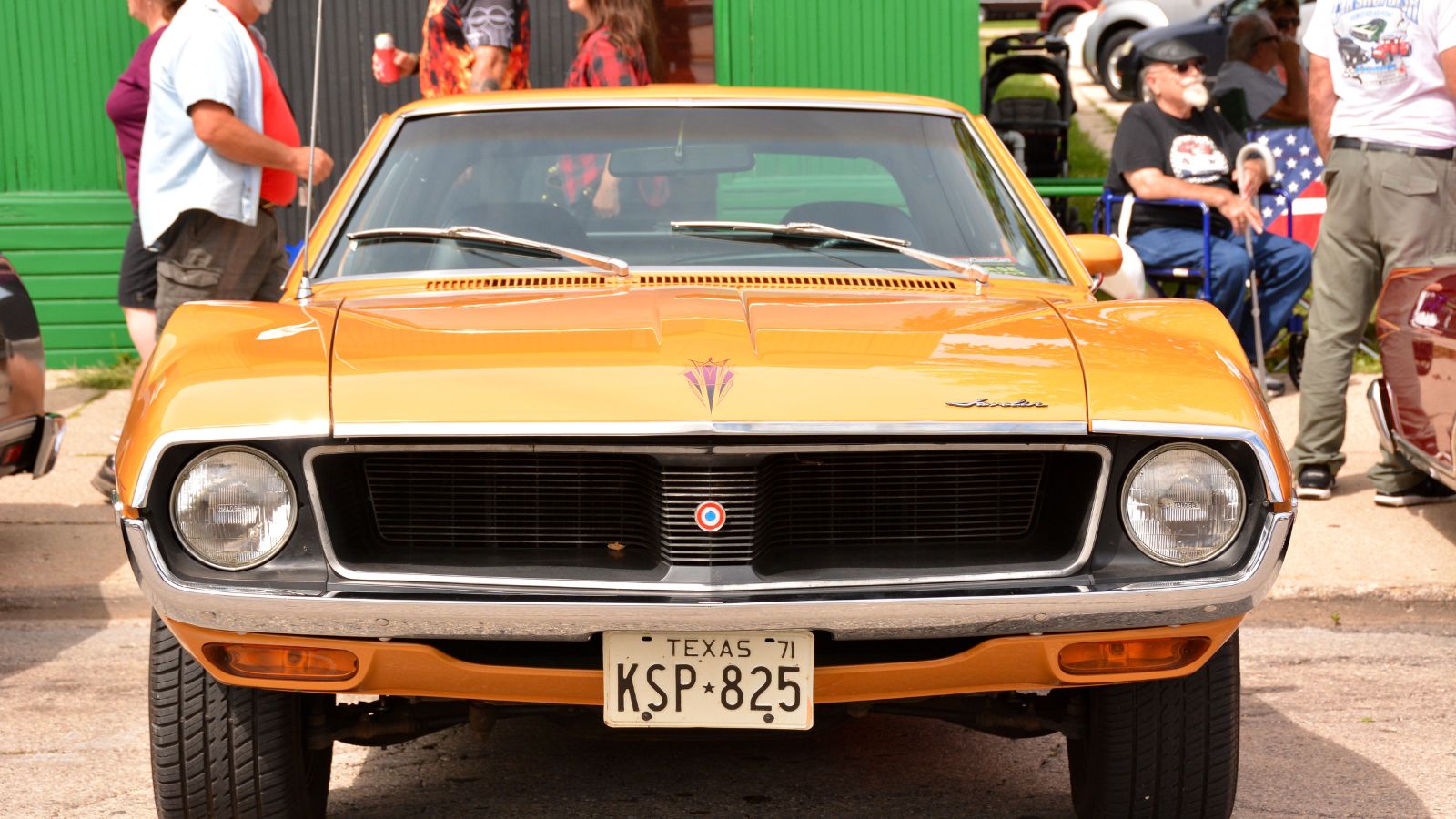
AMC was the scrappy underdog that thought outside the box. They gave us quirky yet memorable designs like the Gremlin, the Pacer, and the Spirit AMX. AMC also kept the Jeep brand alive before it was acquired by Chrysler, ensuring the continuation of off road legends. Their willingness to take risks gave us cars with real personality. A modern AMC could focus on small, practical, yet stylish vehicles and compact off roaders, appealing to buyers tired of generic crossovers.
Mercury
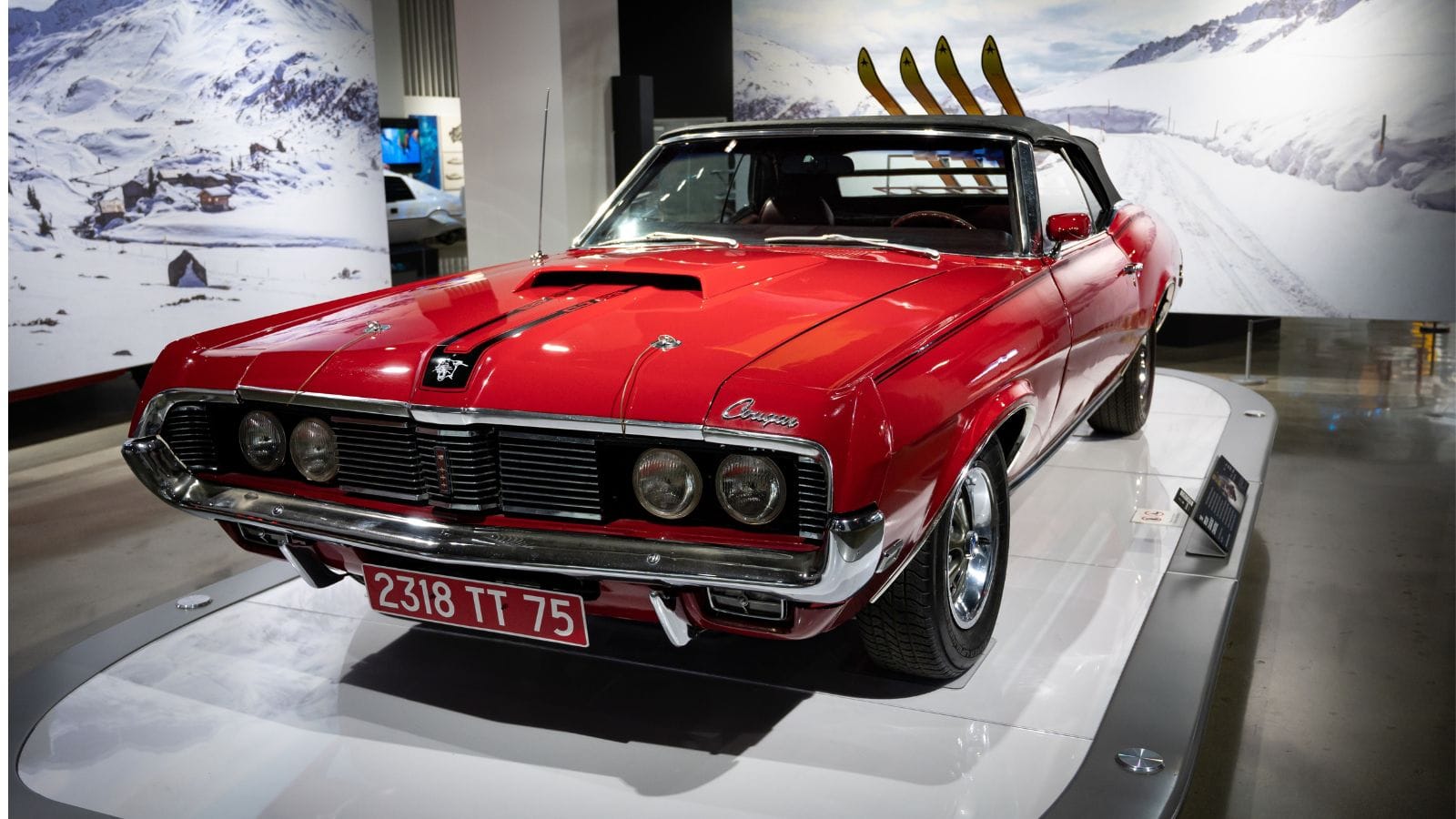
Mercury sat between Ford and Lincoln, offering more style and comfort than its Ford siblings without the price tag of a Lincoln. Cars like the Cougar, Marauder, and Grand Marquis all had their own followings. Mercury often experimented with sportier trims and premium features, and their elimination in 2011 left a hole in Ford’s lineup. A revived Mercury could deliver sporty sedans, wagons, and stylish crossovers with premium features at competitive prices, targeting buyers who want something distinctive but attainable.
Plymouth
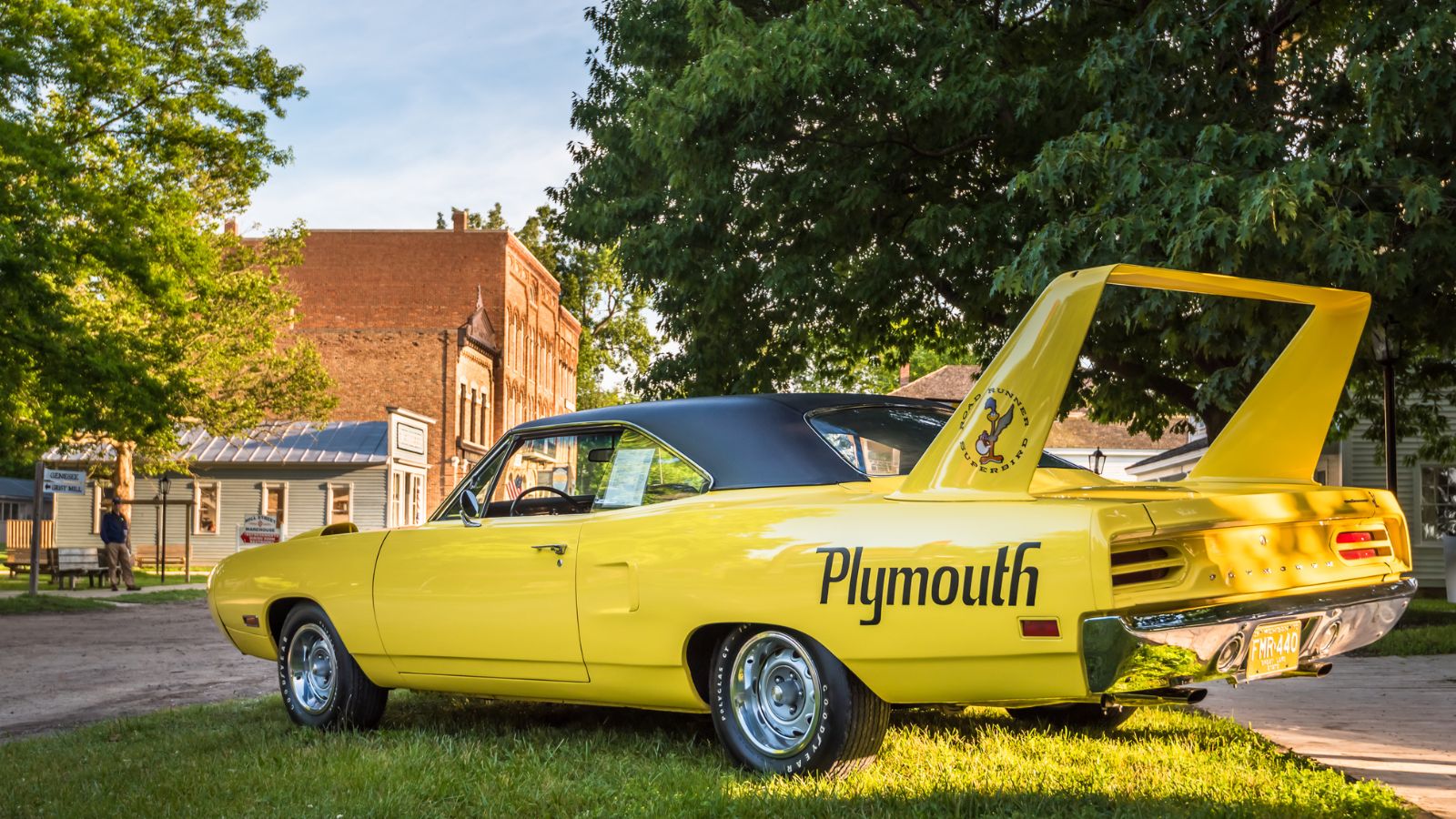
Plymouth gave us some of the most memorable muscle cars of the golden era, including the Barracuda and the Road Runner. Even their economy cars like the Valiant were tough and dependable. Plymouth faded away in 2001, but it could return as a value performance brand, producing affordable sports coupes and compact muscle inspired vehicles. In a market where the Dodge Challenger is ending production, Plymouth could offer an entry point for those who want an old school driving experience at a modern price.
Studebaker
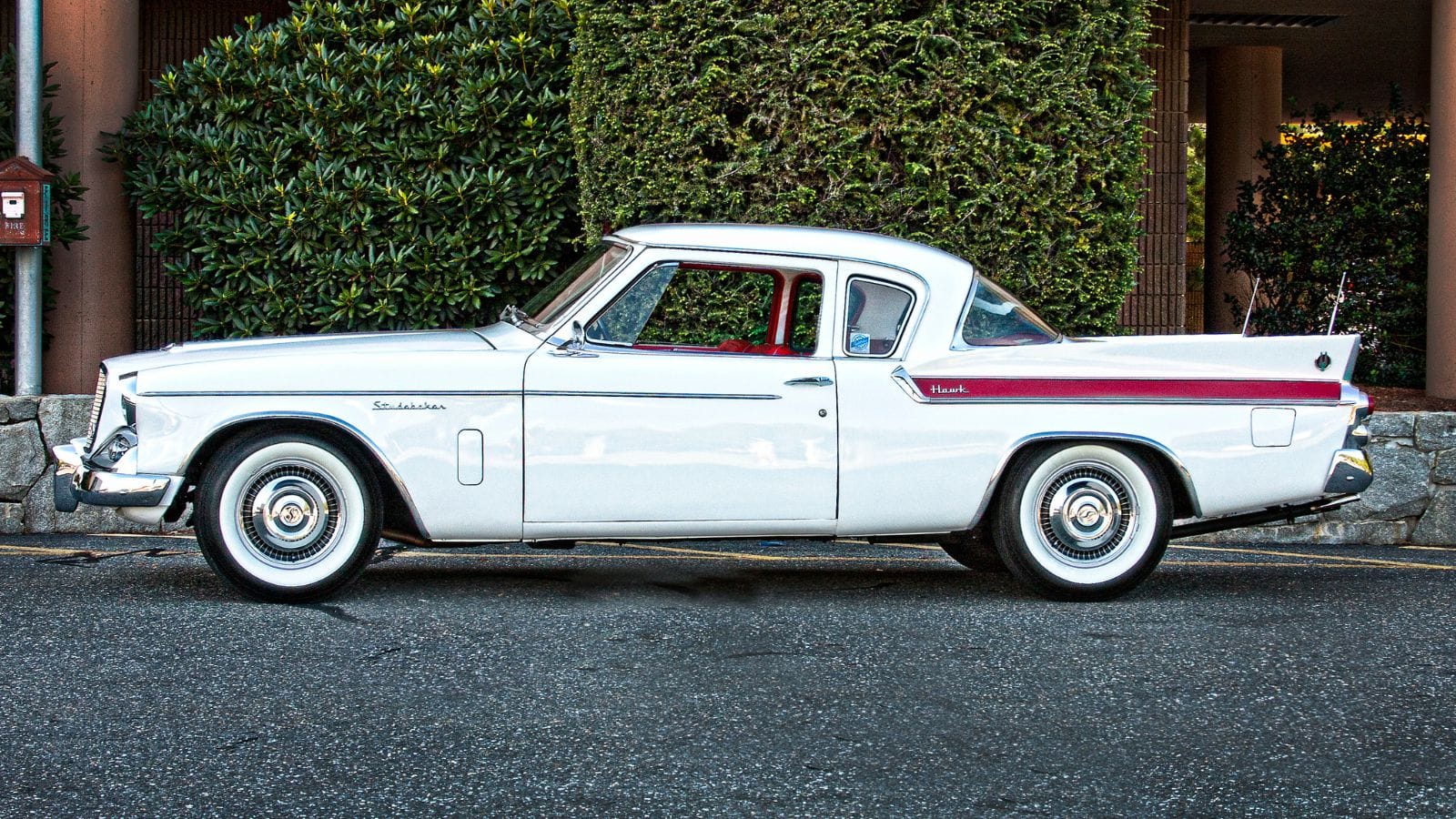
Studebaker, one of the oldest names in American car making, started building wagons in the 1850s before moving to cars. Known for style and innovation, it produced standouts like the Avanti, which still looks futuristic decades later. The company closed its South Bend plant in 1963, but its design legacy lives on. A modern Studebaker could channel that heritage with retro inspired designs, advanced safety features, and performance that blends style with substance.
Saturn

Saturn built a following in the 1990s by doing things differently. They offered no haggle pricing, dent resistant body panels, and strong reliability. Customers appreciated the straightforward, customer friendly approach, making Saturn dealerships feel more like communities than sales floors. The brand was shuttered in 2010, but a revival could reintroduce affordable, durable cars, possibly as electric or hybrid models, while keeping the customer first attitude intact.
DeLorean
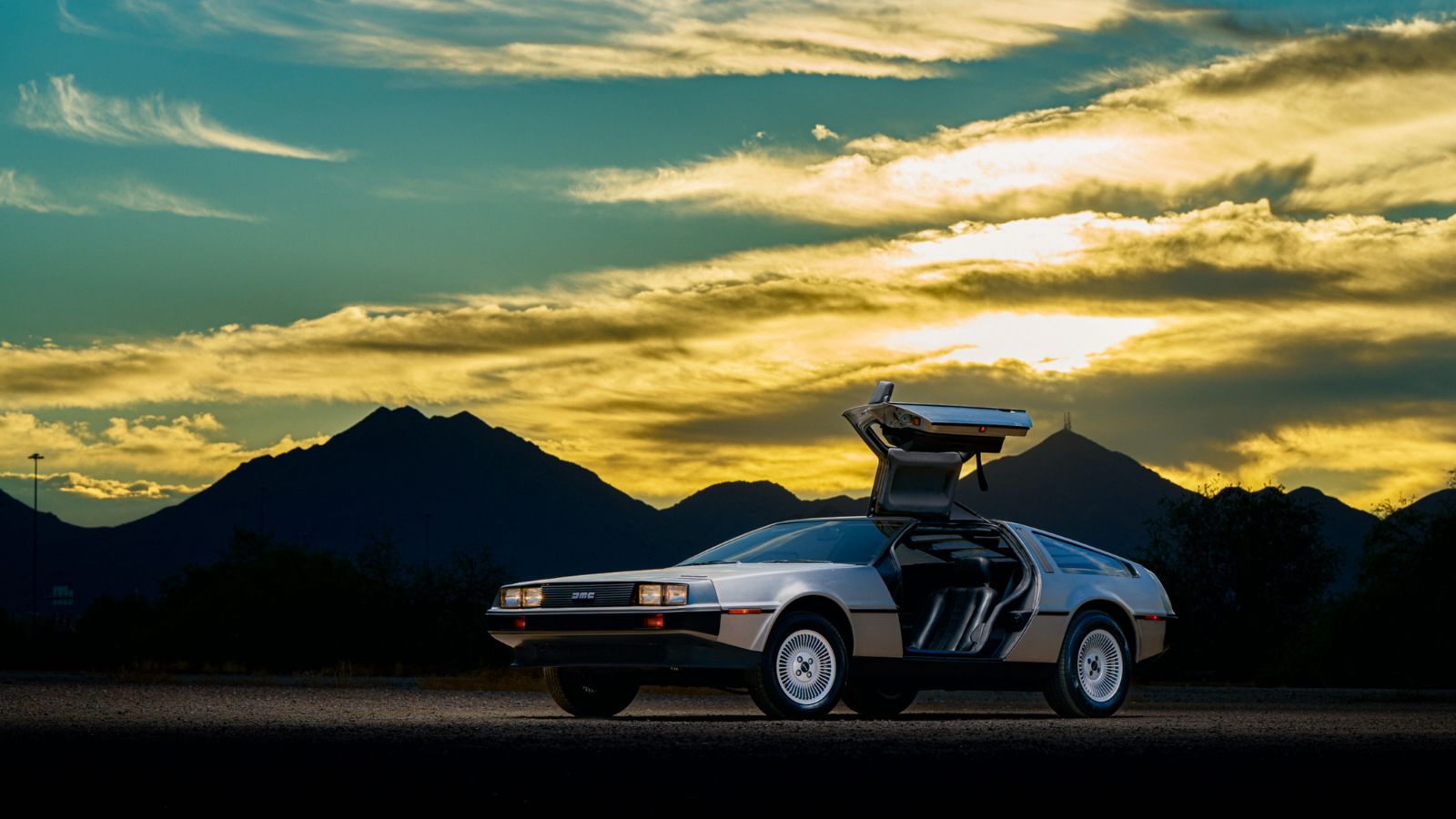
DeLorean may have only produced one car, but what a car it was. The stainless steel body, gullwing doors, and wedge shaped design made the DMC 12 a pop culture icon thanks to Back to the Future. While plagued by underwhelming performance and financial issues, the brand still holds incredible name recognition. A comeback could finally deliver the performance the original promised, wrapped in the same head turning style.
Hummer
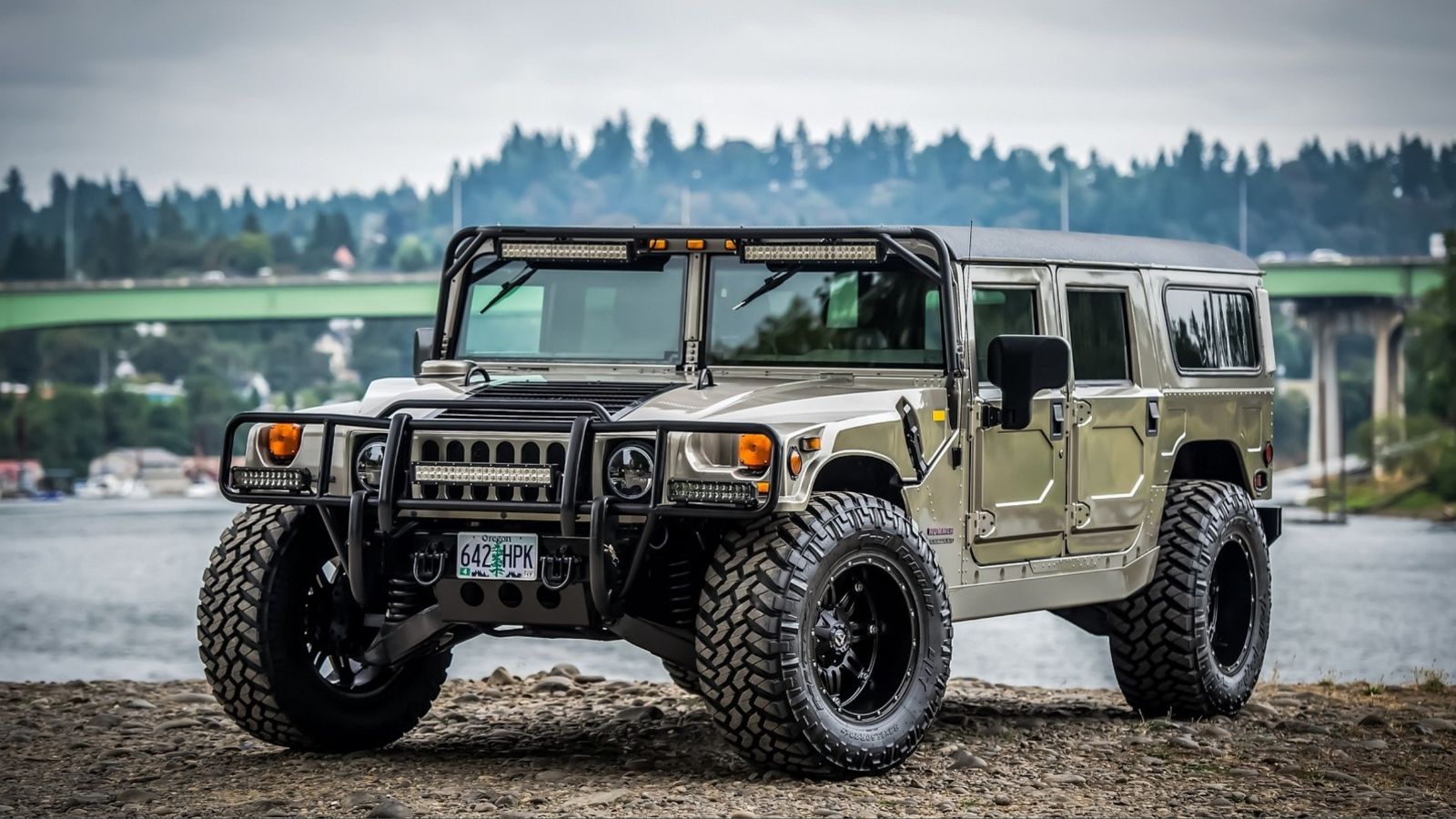
The original Hummer was unapologetically big and bold. Born from the military Humvee, the civilian H1 was a go anywhere off road machine. Later models like the H2 and H3 brought the look to a wider audience. The name has returned as an electric truck, but many still crave the raw, mechanical brutality of the original formula. A modernized gas or hybrid Hummer could recapture that rugged spirit while adding modern comforts.
Saab
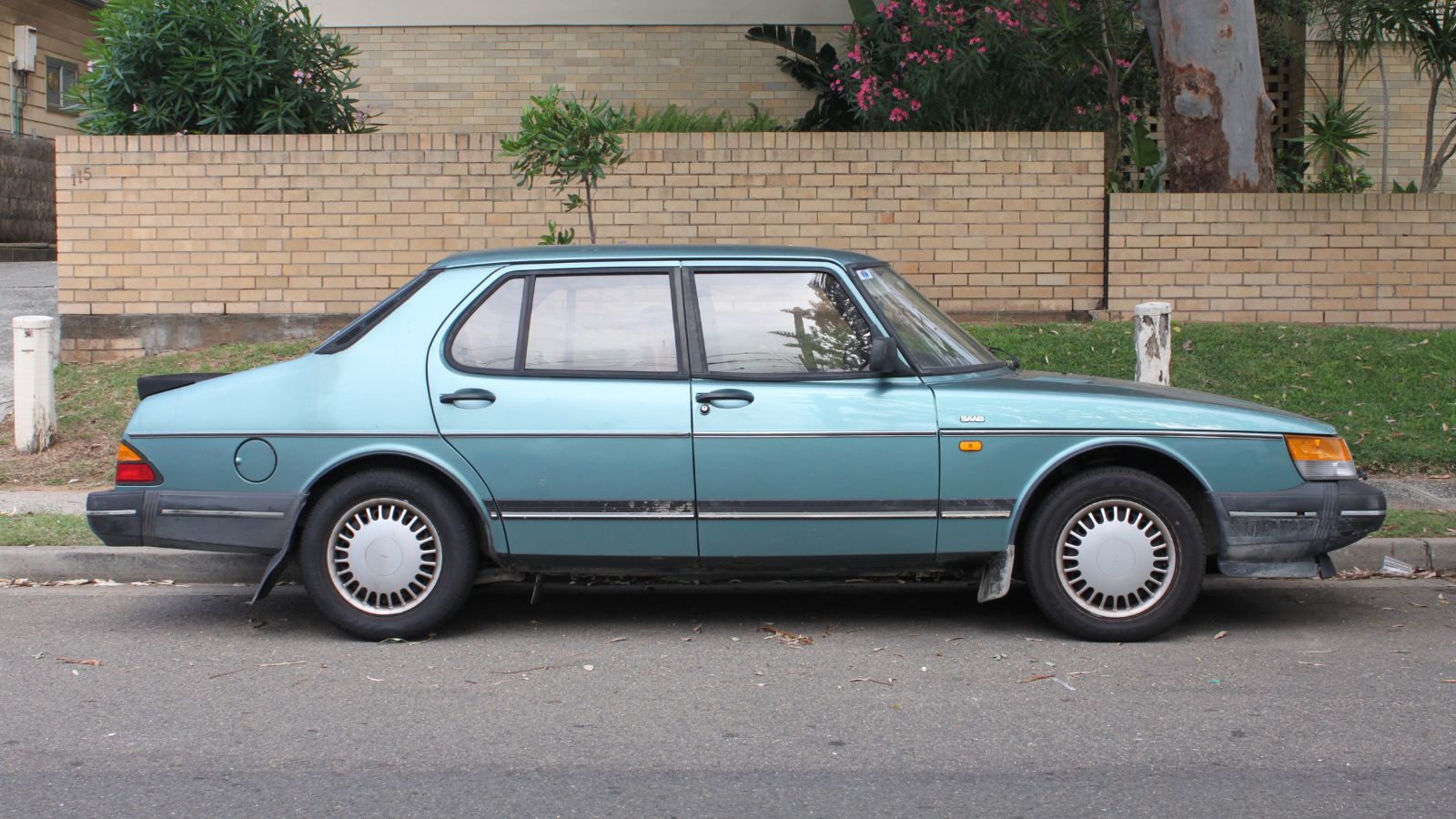
Saab combined Scandinavian style with clever engineering. Turbocharged engines, wraparound windshields, and cockpit inspired dashboards set them apart. The 900 and 9000 were beloved for their uniqueness and winter driving capability. The brand’s aviation roots gave it both credibility and charm. A modern Saab could reintroduce individuality into a market where most cars feel the same, focusing on smart design and driver focused engineering.
Fisker (First Incarnation)

Before its modern electric revival, Fisker Automotive debuted the Karma, a stunning hybrid luxury sedan that turned heads everywhere it went. Unfortunately, early technology and funding issues doomed it. A reboot with current battery tech and reliability could position Fisker as a legitimate competitor to Tesla, offering buyers a car that looks as good as it drives.
Packard
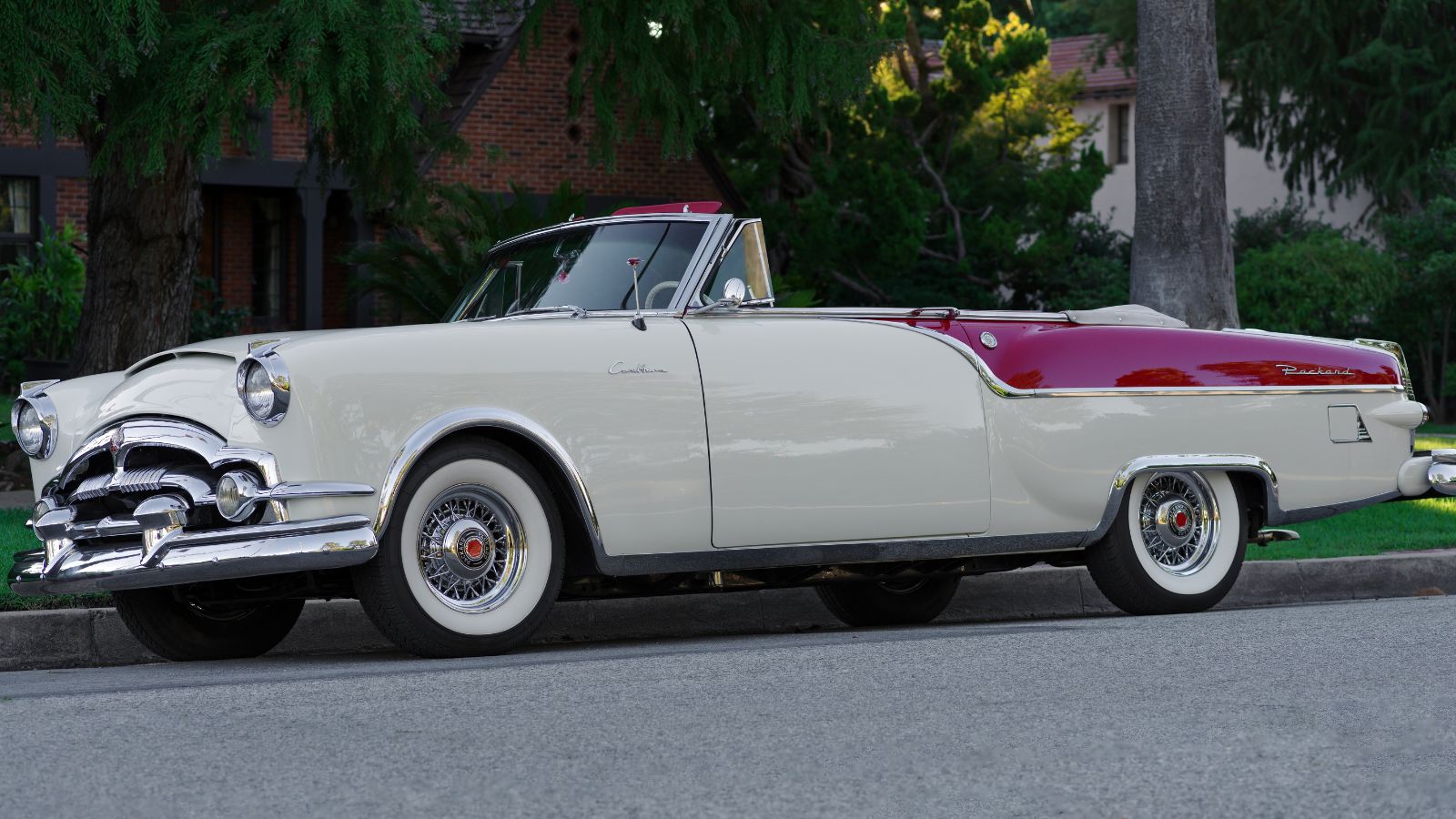
Packard was once America’s premier luxury brand, famous for the slogan “Ask the man who owns one.” In the pre war and post war eras, its cars were the choice of presidents and celebrities. The craftsmanship was second to none, with interiors that were works of art. A revived Packard could combine timeless elegance with cutting edge technology to challenge Europe’s luxury giants.
Eagle
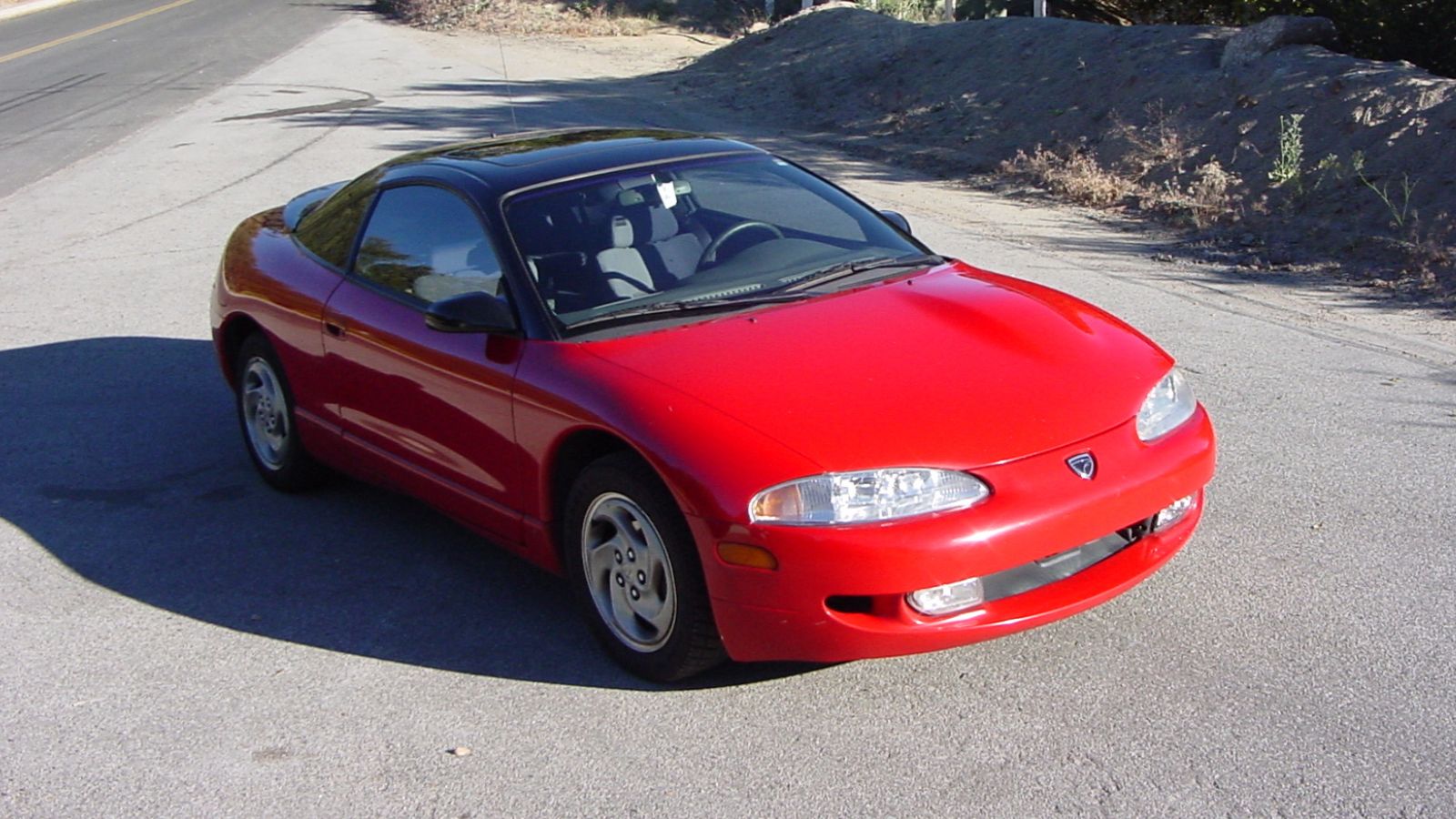
Eagle was Chrysler’s short lived experiment in sporty, import inspired vehicles. Cars like the Eagle Talon, built in partnership with Mitsubishi, became tuner legends. The brand also offered capable all wheel drive sedans and wagons. Relaunching Eagle today could target enthusiasts with affordable, rally inspired cars, filling the gap between mainstream commuters and high priced performance machines.
25 Facts About Car Loans That Most Drivers Don’t Realize

Car loans are one of the most common ways people fund car purchases. Like any other kind of loan, car loans can have certain features that can be regarded as an advantage or a disadvantage to the borrower. Understanding all essential facts about car loans and how they work to ensure that you get the best deal for your financial situation is essential. Here are 25 shocking facts about car loans that most drivers don’t realize:
25 Facts About Car Loans That Most Drivers Don’t Realize
